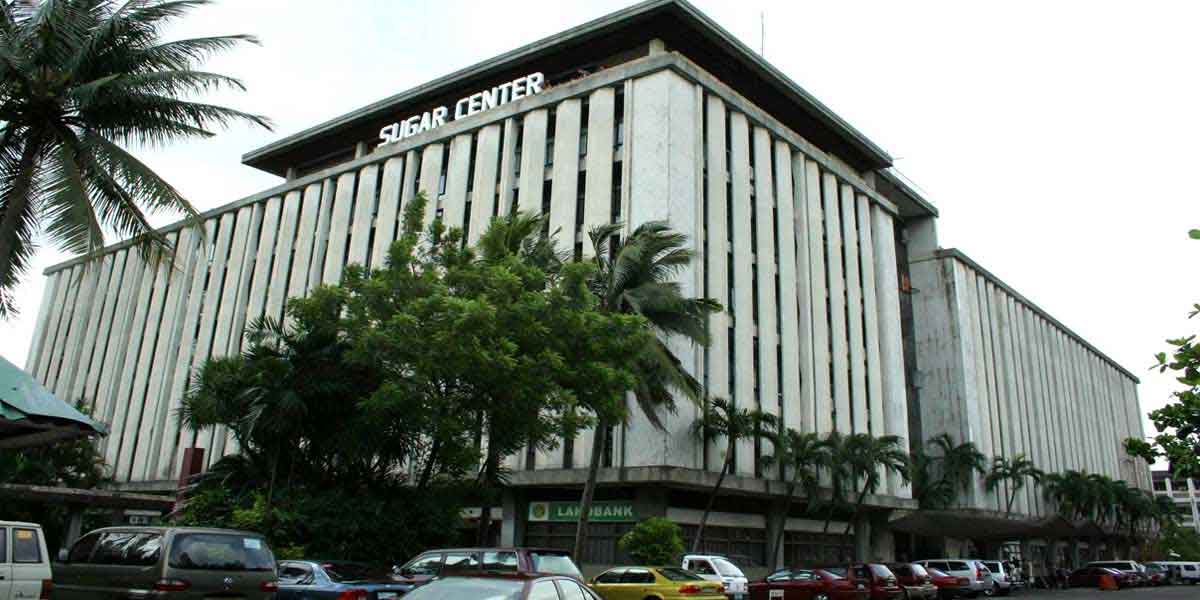Residential real estate prices of various types of housing units in the Philippines rose by 10.2 percent year-on-year (y-o-y) in Q4 2019 based on the Residential Real Estate Price Index (RREPI).
While this is the second consecutive quarter that the index has registered a double-digit growth, this is slightly lower than the 10.4 percent growth in Q3 2019, but higher than the 0.6 percent in Q4 2018.
(Similarly, it may be noted that the average headline inflation slowed to 1.6 percent in Q4 2019 from 1.7 percent in Q3 2019)

Residential prices in NCR grew at a faster rate at 15 percent compared to that in AONCR at 8.2 percent relative to year-ago prices (Figure 1). In the NCR, price increases were observed across all types of housing units, except for townhouses, which recorded a decline. In AONCR, price growth was registered in all types of housing units.
The prices of all types of residential housing units rose in Q4 2019 as compared to Q4 2018 property prices. Prices of condominium units grew by 18.9 percent, followed by townhouses at 10.1 percent and single detached/attached houses at 5.8 percent. Prices of duplexes, which account for only 0.4 percent of total new housing units reported, recorded its highest price growth at 50.4 percent since Q1 2016 (Figure 2).

Quarter-on-quarter (q-o-q), the RREPI for the Philippines rose by roughly 1.2 percent (Figure 1) as the 4.1 percent decline in the prices of condominium units in Q4 2019 offset the price increases in townhouses, duplexes and single detached/attached houses (Figure 2).
PROFILE
In Q4 2019, 73.9 percent of residential real estate loans (RRELs) were for the purchase of new housing units. Majority of residential property loans were used for the acquisition of condominium units (52.1 percent), followed by single detached/attached houses (38.8 percent) and townhouses (8.6 percent) as seen in Figure 3.

Most of the RRELs granted in NCR were for the purchase of condominium units, while RRELs granted in AONCR were for the purchase of single detached/attached houses. By region, NCR accounted for 48 percent of the total number of RRELs granted in Q4 2019, followed by AONCR―CALABARZON (25.1 percent), Central Luzon (7.7 percent), Central Visayas (6.6 percent), Western Visayas (3.9 percent), Davao Region (2.9 percent) and Northern Mindanao (1.9 percent). NCR and these six other regions combined accounted for 96.1 percent of total housing loans granted by banks (Figure 3).
The RREPI is a measure of the average change in the prices of various types of housing units, i.e., single detached/attached houses, duplexes, townhouses and condominium units, based on banks’ data on loans used to acquire new housing units.
It is a chain-linked index, which is computed using the average appraised value per square meter, weighted by the share of floor area of each type of housing unit to the total floor area of all housing units.
The RREPI is used as an indicator for assessing the real estate and credit market conditions in the country. The BSP has been releasing the report since Q1 2016.
Data for the RREPI are obtained through BSP Circular No. 892 dated 16 November 2015, which requires all universal/commercial banks (UBs/KBs) and thrift banks (TBs) in the Philippines to submit to the BSP a quarterly report on all RRELs granted. (BSP)



















